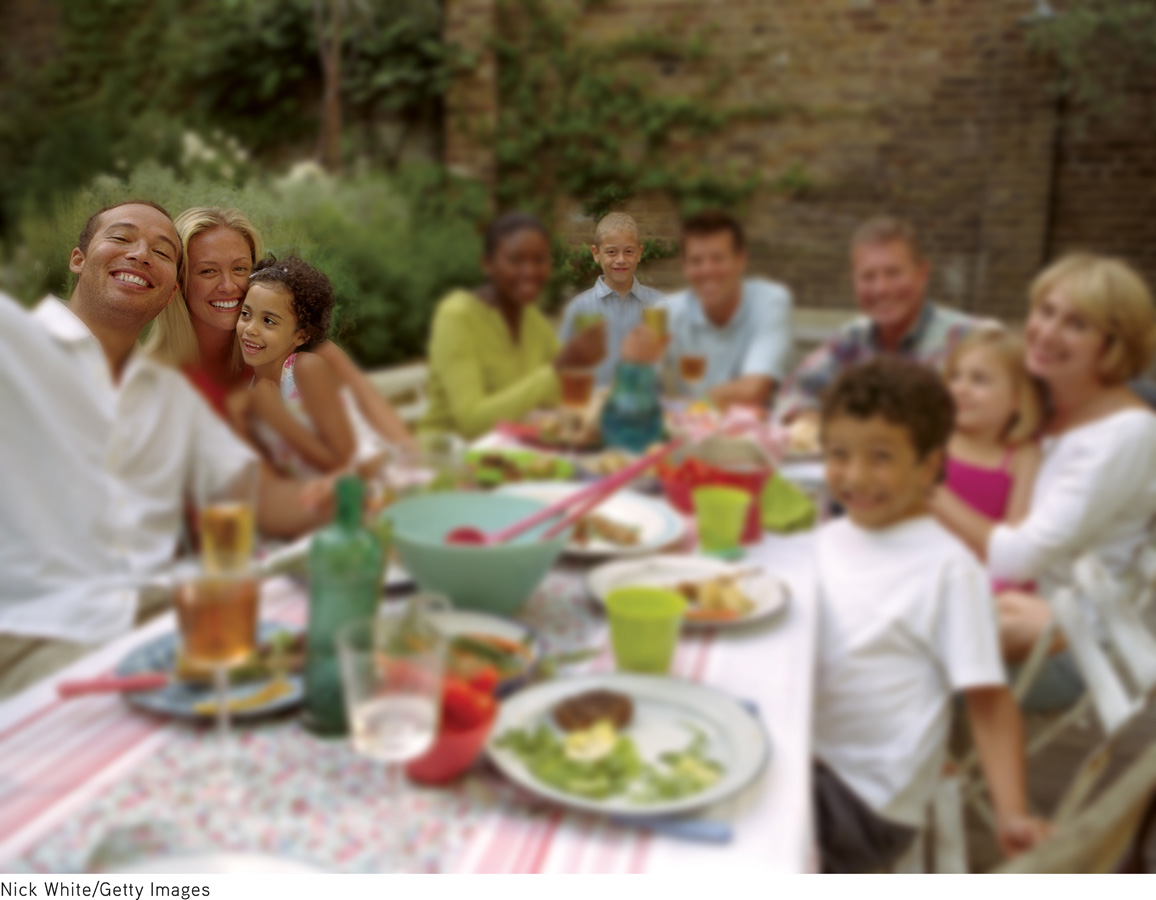Chapter 5 Introduction
176
CHAPTER 5
Developing Through The Life Span
.............

- Developmental Issues, Prenatal Development, and the Newborn
- Infancy and Childhood
- Adolescence
- Adulthood
177
Life is a journey, from womb to tomb. So it is for me [DM], and so it will be for you. My story, and yours, began when a man and a woman together contributed 20,000+ genes to an egg that became a unique person. Those genes coded the protein building blocks that, with astonishing precision, formed our bodies and predisposed our traits. My grandmother bequeathed to my mother a rare hearing loss pattern, which she, in turn, gave to me (the least of her gifts). My father was an amiable extravert, and sometimes I forget to stop talking. As a child, my talking was impeded by painful stuttering, for which Seattle Public Schools provided speech therapy.
Along with my parents’ nature, I also received their nurture. Like you, I was born into a particular family and culture, with its own way of viewing the world. My values have been shaped by a family culture filled with talking and laughter, by a religious culture that speaks of love and justice, and by an academic culture that encourages critical thinking (asking, What do you mean? How do you know?).
We are formed by our genes, and by our contexts, so our stories will differ. But in many ways we are each like nearly everyone else on Earth. Being human, you and I have a need to belong. My mental video library, which began after age 4, is filled with scenes of social attachment. Over time, my attachments to parents loosened as peer friendships grew. After lacking confidence to date in high school, I fell in love with a college classmate and married at age 20. Natural selection predisposes us to survive and perpetuate our genes. Sure enough, two years later a child entered our lives and I experienced a new form of love that surprised me with its intensity.
But life is marked by change. That child now lives 2000 miles away, and one of his two siblings has found her calling in South Africa. The tight rubber bands linking parent and child have loosened, as yours likely have as well.
Change also marks most vocational lives, which for me transitioned from a teen working in the family insurance agency, to a premed chemistry major and hospital aide, to (after discarding my half-
Stability also marks our development: We experience a continuous self. When I look in the mirror, I do not see the person I once was, but I feel like the person I have always been. I am the same person who, as a late teen, played basketball and discovered love. A half-
Continuity morphs through stages—
Across the life span, we grow from newborn to toddler, from toddler to teenager, and from teen to mature adult. At each stage of life there are physical, cognitive, and social milestones. We begin with prenatal development and the newborn. Then we’ll turn our attention to infancy and childhood, adolescence, and adulthood.
178